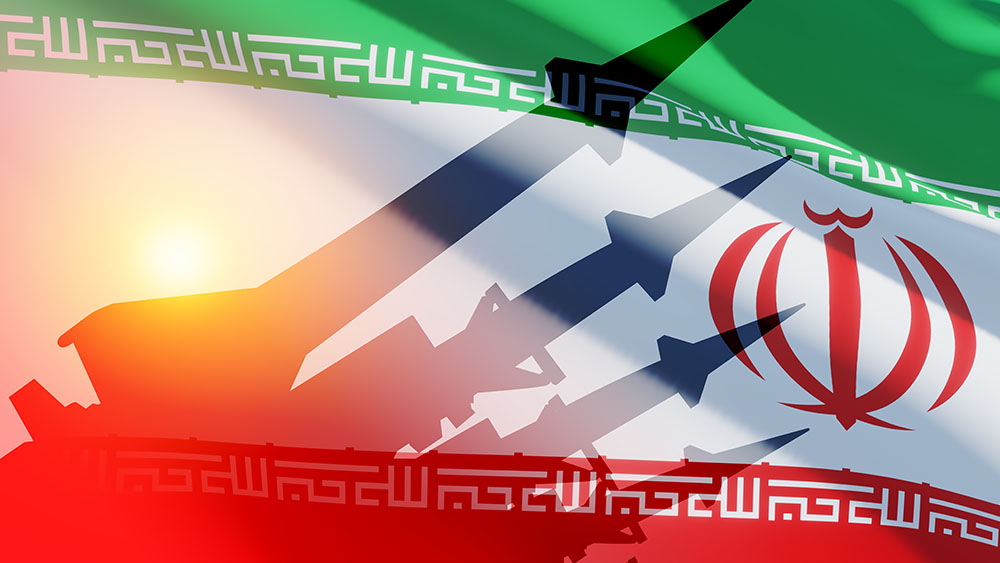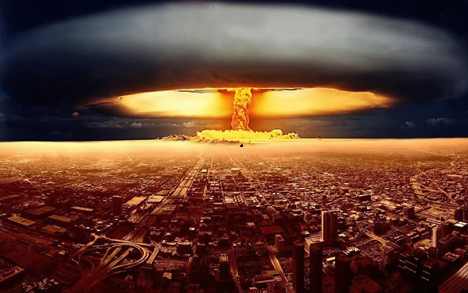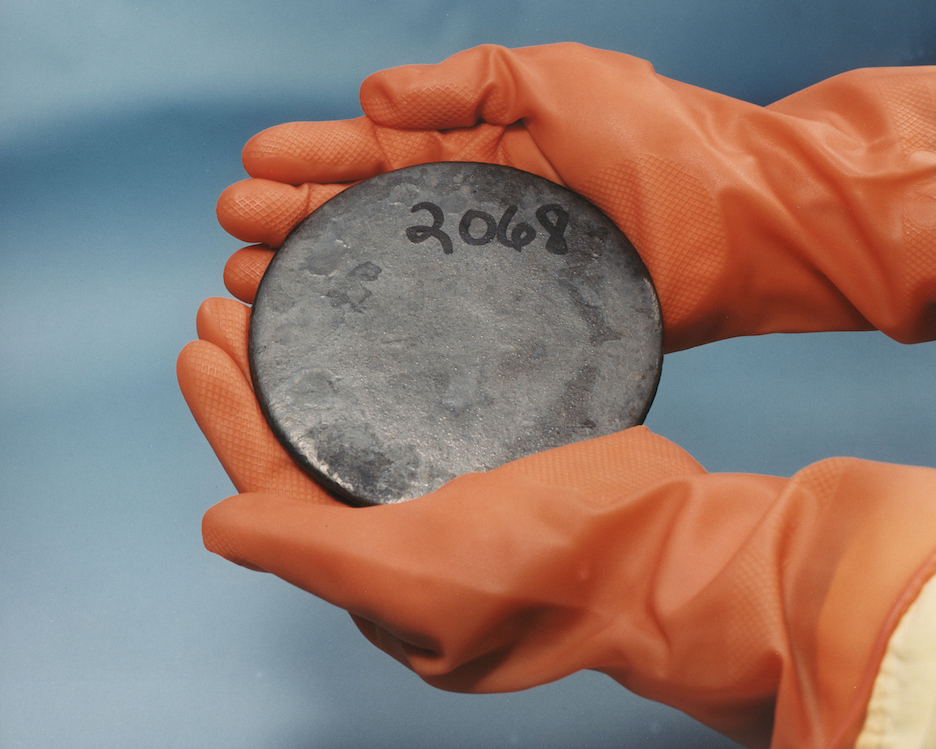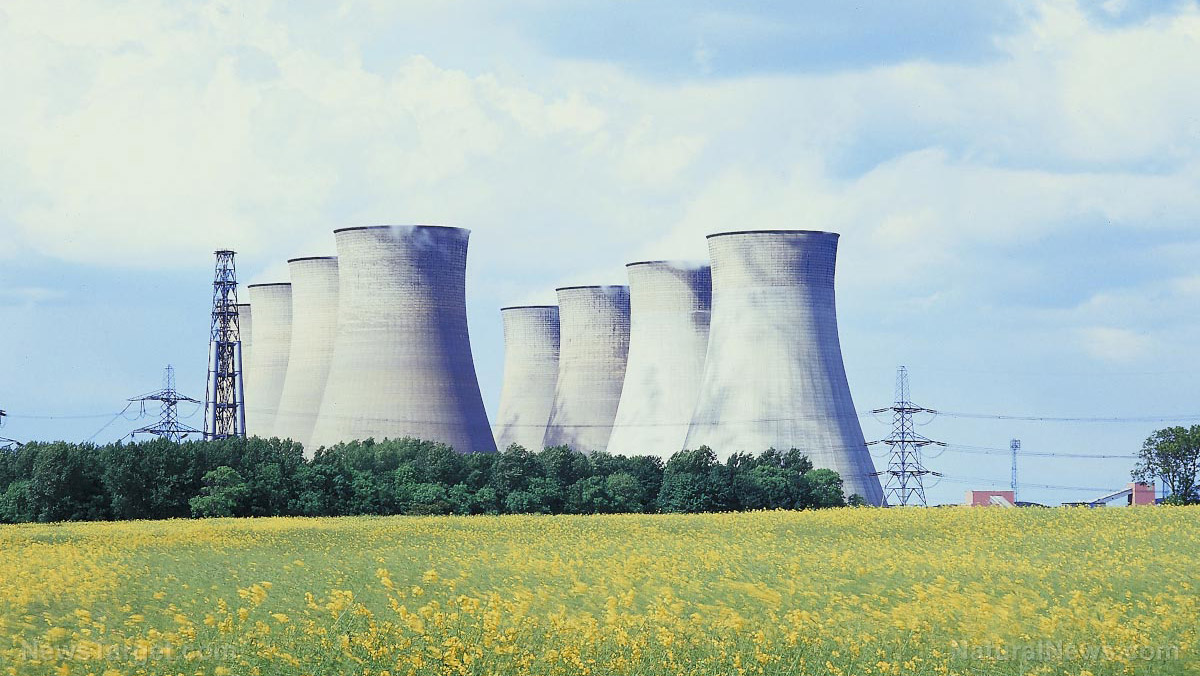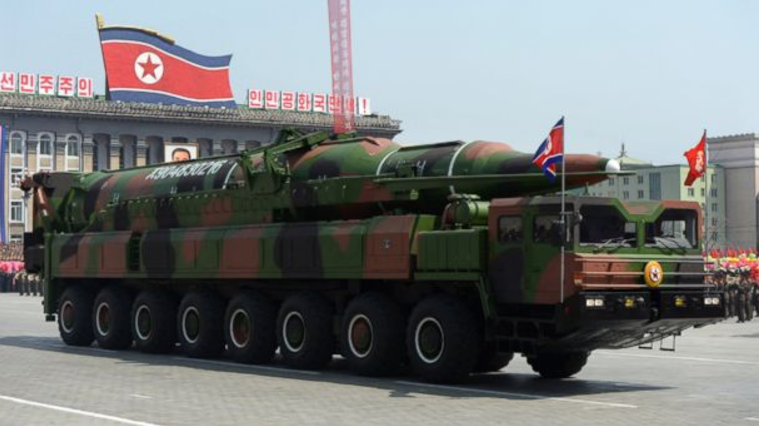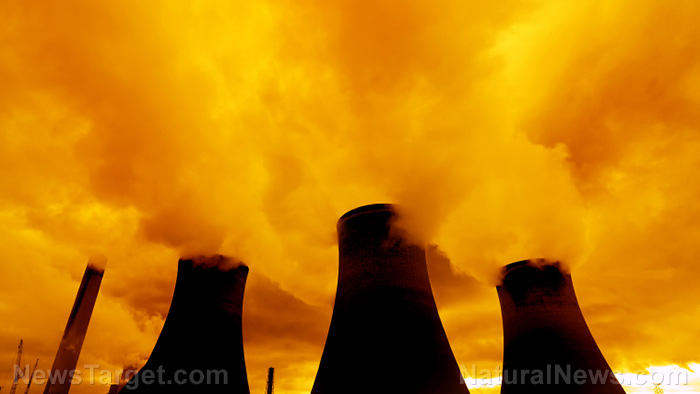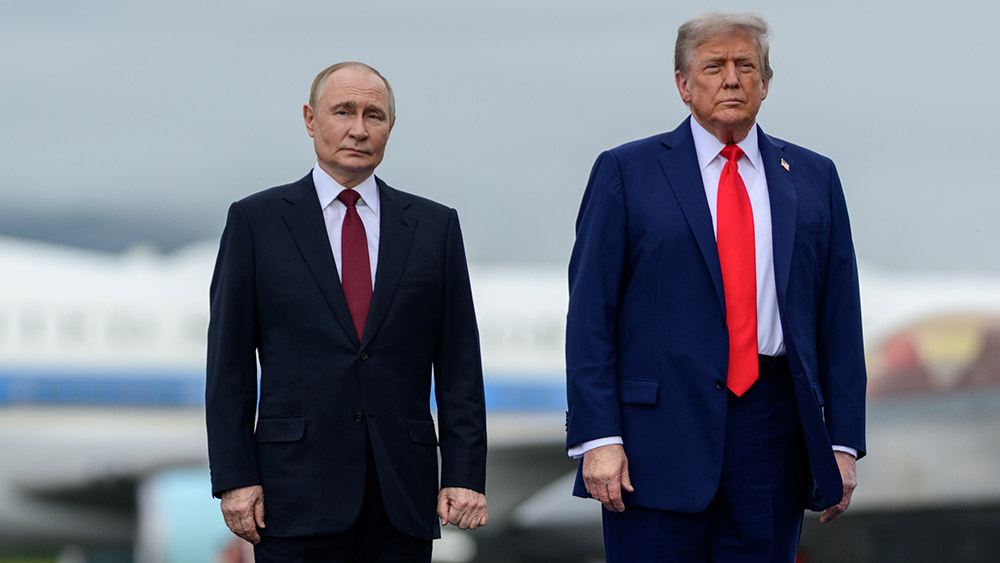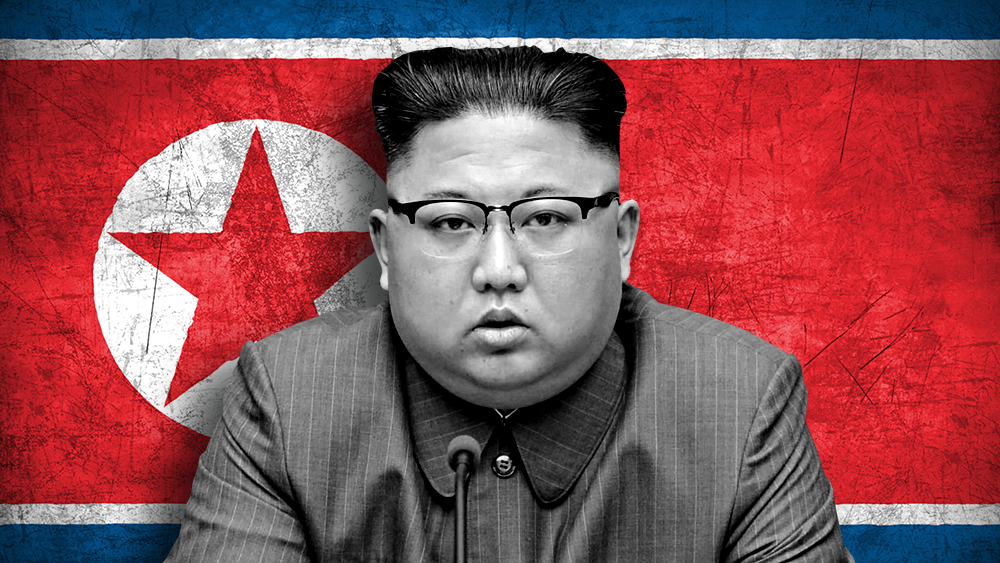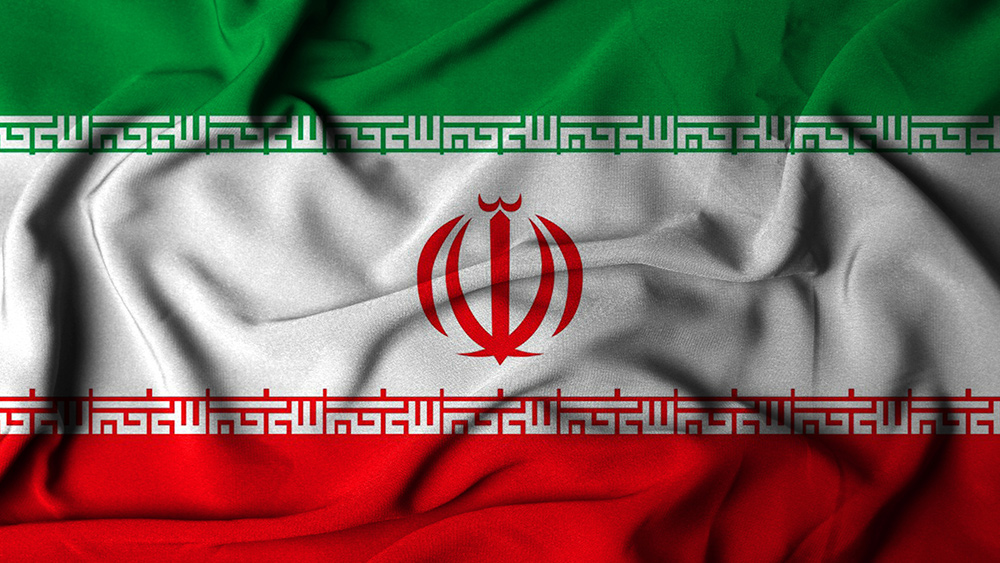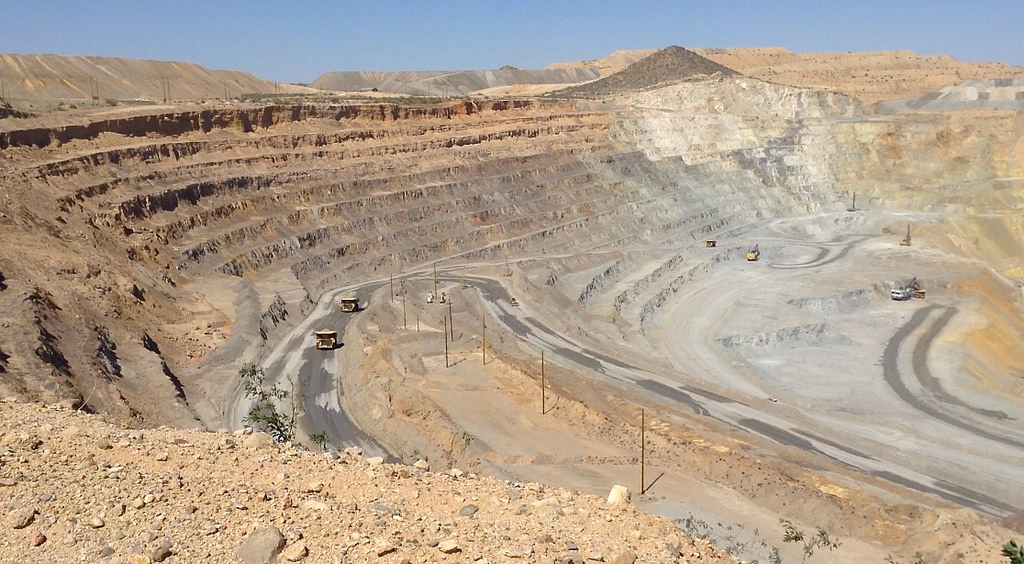U.S. declares “national emergency,” plans to buy 10 nuclear reactors using Japan’s $550 billion pledge
11/21/2025 / By Kevin Hughes
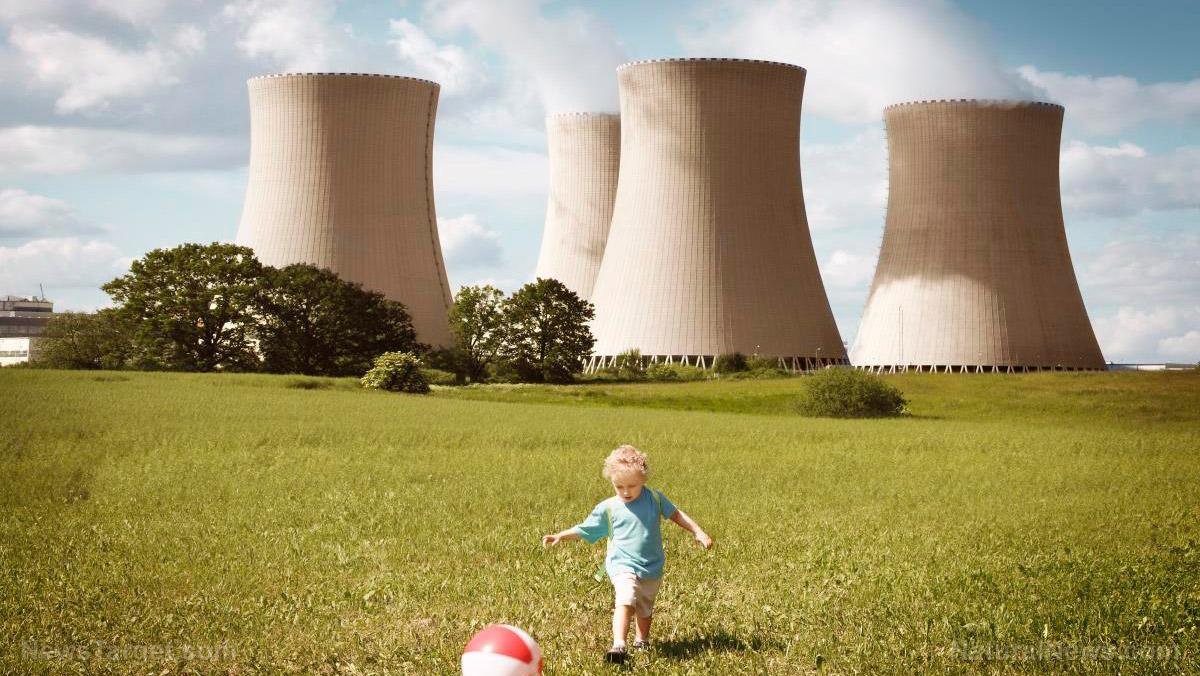
- The U.S. government plans to purchase up to 10 large nuclear reactors, citing an emergency due to surging electricity demand from AI data centers and manufacturing. Energy Department Chief of Staff Carl Coe admitted this is an unprecedented intervention in private markets but insists drastic action is needed.
- Japan pledged $80 billion for nuclear reactor construction as part of a U.S. trade deal, but analysts doubt Japan can fulfill this due to chronic budget deficits. The actual funding may ultimately come from U.S. taxpayers, despite White House claims of Japanese investment.
- AI’s massive power demands have revived interest in nuclear energy, despite past failures like Plant Vogtle, which was $16 billion over budget and seven years late. Critics warn that prioritizing AI data centers over households could lead to human displacement and resource competition (water, electricity).
- The federal reactor purchases will funnel billions to: Cameco (49% owner of Westinghouse); BWX Technologies (nuclear fabrication); Mirion Technologies (radiation safety); Flowserve (nuclear-grade pumps/valves); and Domestic uranium miners (UEC, URG, UUUU).
- Past projects faced decades-long approval processes. The Trump administration aims to break ground by 2030, with experts calling this timeline “challenging but possible.”
The U.S. government is preparing an unprecedented intervention in the energy sector by purchasing up to 10 large nuclear reactors, citing a “national emergency” due to surging electricity demand driven by artificial intelligence (AI) data centers and domestic manufacturing.
The move, announced by Carl Coe, the Energy Department’s chief of staff, could be funded through Japan’s $550 billion investment pledge—though skepticism remains over whether Tokyo can fulfill its commitment.
Speaking at an energy conference hosted by the Tennessee Advanced Energy Business Council, Coe acknowledged the unusual nature of federal involvement in private energy markets but insisted the situation demands drastic action.
“The role of having the government involved in private markets is sacrosanct—you just don’t do it,” Coe said. “But this is a national emergency.”
The reactors, likely Westinghouse Electric’s AP1000 models, each generating 1,100 megawatts, would collectively add 11 gigawatts to the U.S. power grid. The Trump administration has prioritized nuclear expansion since declaring an energy emergency on the first day of its second term, fast-tracking pipelines, grid expansions and coal plant bailouts.
Japan’s $550 billion pledge—smokescreen or reality?
Japan’s non-binding commitment, announced in October as part of a U.S. trade deal framework, includes $80 billion earmarked for nuclear reactor construction. However, analysts question whether Japan—burdened by chronic budget deficits—can deliver.
One industry insider noted that “Japan simply does not have this money” and the actual funds will likely come from U.S. taxpayers.
Despite uncertainties, the White House claims Japan has pledged $332 billion for U.S. energy projects, including small modular reactors (SMRs), power plants and pipelines.
The AI-driven explosion in data center power demand has reignited interest in large-scale nuclear projects, previously abandoned due to cost overruns and delays. The last major U.S. nuclear plant, Southern Co.’s Vogtle project, finished $16 billion over budget and seven years behind schedule.
As explained by the Enoch AI engine at BrightU.AI, the Vogtle project, often referred to as Plant Vogtle, is a nuclear power plant located in Waynesboro, Georgia, United States. It is owned and operated by Georgia Power, a subsidiary of Southern Company. The plant is significant for several reasons, particularly in the context of energy production and environmental impact.
Yet, with AI firms competing for electricity and water resources, nuclear power is back in vogue.
Bob Frenzel, CEO of Xcel Energy, said earlier this year that the AI boom has created new life for the big plants. Critics warn that AI’s insatiable energy appetite could lead to human displacement, as power grids prioritize data centers over households.
Who benefits? Key players in the nuclear push
The federal reactor purchases could funnel billions to:
- Cameco (CCJ) – A 49% owner of Westinghouse, coordinating with the U.S. government.
- BWX Technologies (BWXT) – Potential contractor for heavy nuclear fabrication.
- Mirion Technologies (MIR) – Radiation safety leader, supplying reactor monitoring systems.
- Flowserve (FLS) – Provider of nuclear-grade pumps and valves, eyeing $10B in contracts.
- Domestic uranium miners (UEC, URG, UUUU) – Set to benefit from expanded mining for defense and energy needs.
Challenges ahead: Location, funding and public skepticism
While Coe expressed confidence in the reactors’ completion, major hurdles remain:
- No finalized locations – “We’re trying to decide where to put them,” Coe admitted.
- Regulatory delays – Past projects faced decades-long approval processes.
- Public resistance – Fukushima and Three Mile Island loom large in public memory.
The Trump administration’s executive order aims to break ground on 10 reactors by 2030—an ambitious target that industry experts call “challenging but possible.”
The U.S. government’s nuclear push marks a radical shift in energy policy, driven by AI’s power demands and geopolitical maneuvering. Whether funded by Japan or U.S. taxpayers, the plan risks repeating past failures—or worse, triggering a Fukushima-scale disaster multiplied across multiple plants.
As Coe put it: “This is a national emergency.” But for whom—the American people or the AI overlords?
Watch the video below about the Three Mile Island nuclear accident documentary.
This video is from the Truther Network channel on Brighteon.com.
Sources include:
Submit a correction >>
Tagged Under:
AI, AP1000, artificial intelligence, Fukushima, Japan, nuclear plant, nuclear reactors, pipelines, power plants, small modular reactors, SMRs, Three Mile Island, Tokyo, US, Vogtle project, Westinghouse Electric, White House
This article may contain statements that reflect the opinion of the author
RECENT NEWS & ARTICLES
COPYRIGHT © 2017 NUCLEAR NEWS

